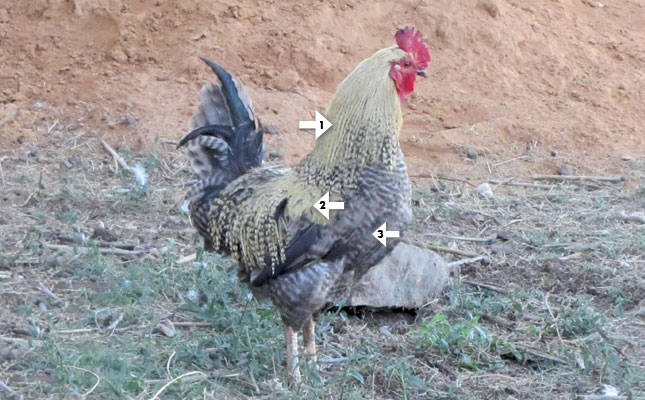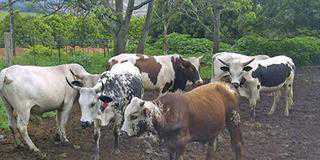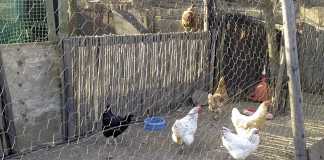
Commercial poultry farmers seldom inject chickens, and many vaccines are introduced as sprays or eye drops.
But small-scale poultry farmers tend to keep their chickens for a longer time and may need to inject them for a disease or to administer a vaccine.
Small-scale poultry farming may not have broiler production as its primary aim.
Some people keep chickens to help control flies or ticks around cattle and horses.
Pet chickens are becoming big business; a desirable hen or rooster may fetch several hundred rand because of its particular breed or colour.
Antibiotics may need to be injected intramuscularly to treat a disease or infection, or after an injury. Pet roosters fight each other and can get bitten by dogs or cats.
Sometimes chickens have to be bled to check for certain diseases, such as avian influenza, so it makes sense to be familiar with the intravenous injection sites.
Read Injecting animals – Part 1
The subcutaneous, intramuscular and intravenous sites discussed here also apply to turkeys, ducks and geese. A fowl must be immobilised in order to be injected.
The traditional way of doing this is to tuck its head under your left elbow, hold both legs with your left hand and keep the wings together with your right hand. Intramuscular injections are given into the breast muscle, injecting 0,25ml to 0,75ml using a 21-gauge needle and a 1ml or 2,5ml syringe.
The traditional way of doing this is to tuck its head under your left elbow, hold both legs with your left hand and keep the wings together with your right hand.
Intramuscular injections are given into the breast muscle, injecting 0,25ml to 0,75ml using a 21-gauge needle and a 1ml or 2,5ml syringe.
The needle should be inserted at a slight angle into the thickest part of the breast muscle. If it strikes the breastbone, withdraw the needle slightly and ‘re-aim’.Subcutaneous injections are rare.
If you do need to administer one, insert the needle carefully under the skin, after parting the feathers on the breast. Intravenous injections or collection of blood are done from the main vein under the wing.
With poultry, syringes can also be used to good effect for dosing birds. Draw up a few drops of medication. Hold the beak gently, with the bird tucked under one arm and the head facing forward.
Tip the beak slightly upwards and dribble the medication into the beak. Remember to allow the bird time to swallow.
In an outbreak of diarrhoea, it may be necessary to add electrolytes, antibiotics or coccidiostats (medications that kill coccidian, the germs that cause bloody diarrhoea in poultry) to the drinking water.
A syringe is ideal for measuring the amount of medication needed. Used syringes and needles must be disposed of correctly, or even better, incinerated.













